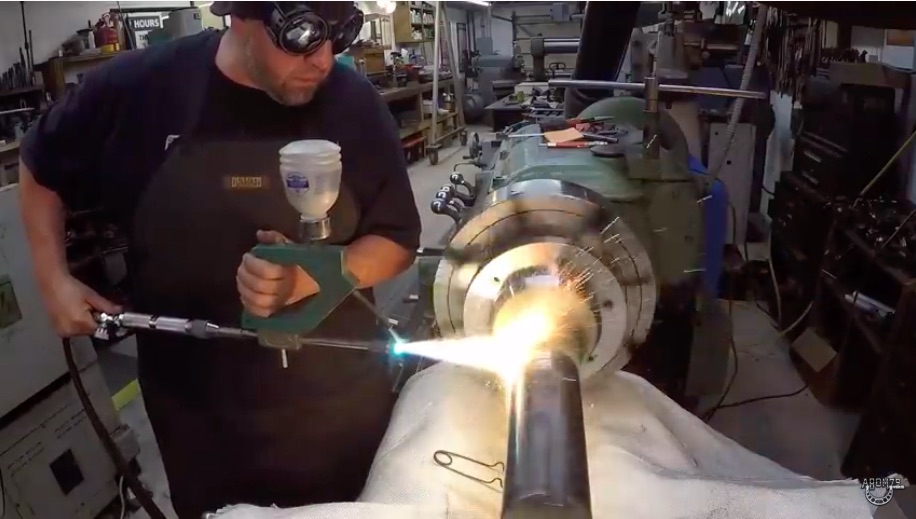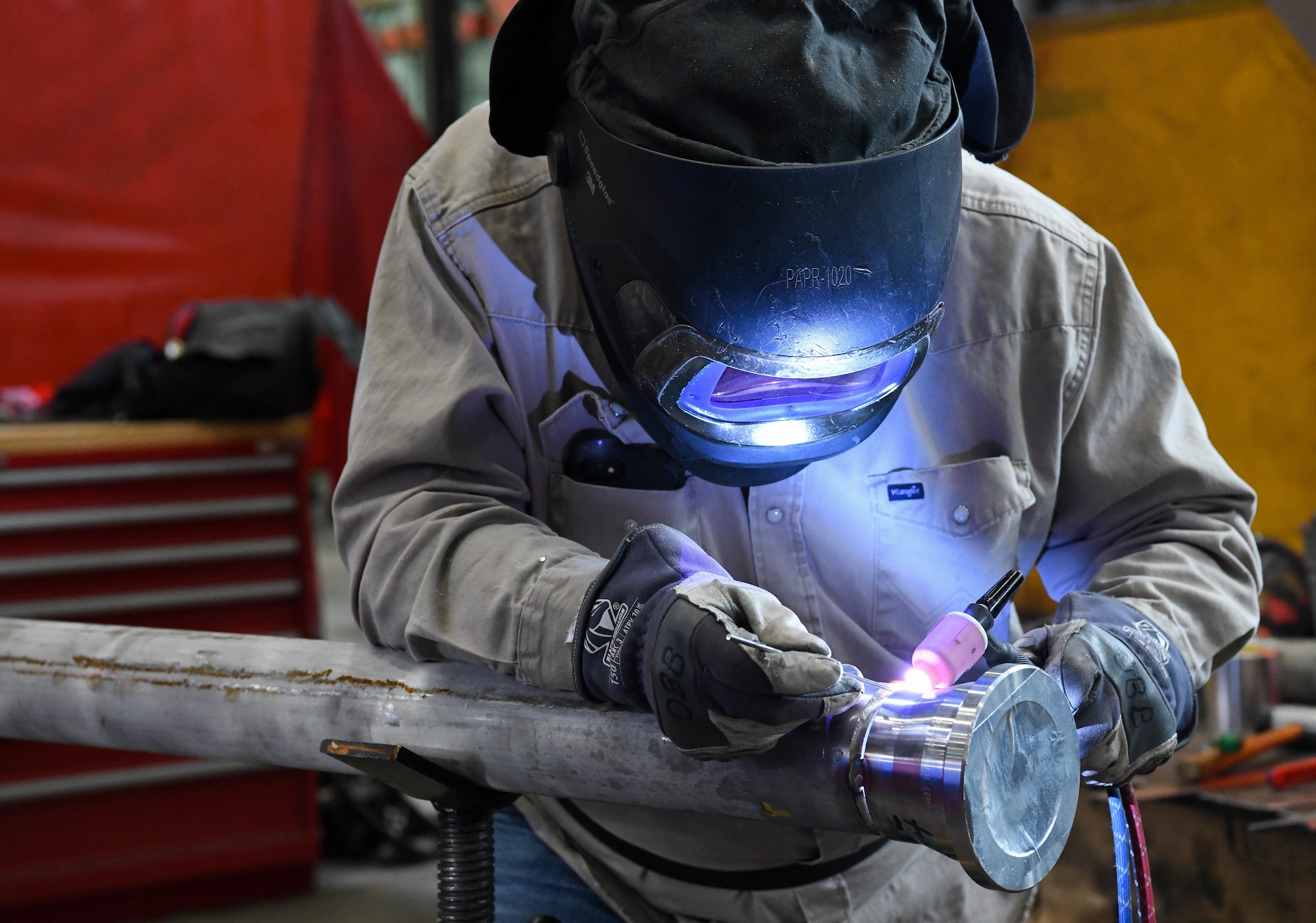All Concerning Welding: Secret Insights Into Techniques and Best Practices for Success
Welding includes a selection of techniques, each fit for specific materials and applications. Understanding these approaches, such as GMAW, SMAW, and TIG, is essential for accomplishing suitable results. Furthermore, the right devices and security methods can not be forgotten. As preparation and fixing play critical functions in the welding procedure, mastering these components can considerably enhance the quality of the final item. What are the vital elements that guarantee an effective weld?
Understanding Different Welding Techniques
Welding strategies incorporate a variety of approaches, each fit to details applications and products. Amongst the most usual techniques are Gas Steel Arc Welding (GMAW), Protected Metal Arc Welding (SMAW), and Tungsten Inert Gas Welding (TIG) GMAW, likewise referred to as MIG welding, is prominent for its speed and versatility, making it perfect for slim materials. SMAW, or stick welding, is preferred for its simplicity and performance in exterior settings, particularly with thicker metals. TIG welding provides precision and control, making it appropriate for intricate work and non-ferrous steels (Montana Mobile Welding and Repair Belgrade Fabrication). Each strategy has its one-of-a-kind benefits and factors to consider, permitting welders to pick the very best technique based on the project's needs, material kind, and wanted results. Comprehending these strategies is necessary for successful welding
Essential Welding Tools and Tools
While different welding strategies need details abilities, the ideal tools and tools are equally essential for accomplishing high quality results. Important welding devices includes welding makers, which vary relying on the technique-- such as MIG, TIG, or stick welding. Protective gear, consisting of helmets, handwear covers, and aprons, assurances safety and security and convenience throughout the process. Additionally, clamps and components help protect products in area, making certain precision in welds. Consumables like welding rods, cord, and protecting gas are also vital parts that influence the top quality of the weld. Devices such as mills and cutters assist in surface area prep work and post-weld ending up, adding to a specialist outcome. Spending in top notch equipment ultimately boosts the performance and efficiency of welding tasks.
Security Practices in Welding
Correct safety and security techniques are vital in the welding industry to secure workers from potential hazards. Welders should use ideal individual protective devices (PPE), including safety helmets with correct shading, gloves, and flame-resistant apparel. Adequate ventilation is vital to reduce exposure to damaging fumes and gases produced during the welding procedure. Furthermore, workers need to be educated in the correct handling of welding devices to stop accidents. Fire security steps, such as keeping combustible materials away from the welding location and having fire extinguishers easily offered, are necessary. Routine evaluations of equipment and workspaces can assist determine prospective hazards before they cause mishaps. By sticking to these safety methods, welders can produce a much safer working setting and decrease risks connected with their trade.
Readying Products for Welding
Preparing materials for welding is an essential step that greatly influences the high quality and stability of the end product (Montana Mobile Welding and Repair Belgrade). Appropriate prep work includes cleansing the surfaces to remove contaminants such as oil, rust, and dust, which can jeopardize the weld. Strategies such as grinding, sanding, or making use of solvents are commonly used to attain a tidy surface. In addition, making sure that the products mesh snugly is important; gaps can result in weak welds. It's also crucial to consider the alignment and positioning of the components, as this will affect the convenience of welding and the final result. Picking the proper filler product and making sure compatibility with the base metals is important for attaining strong, sturdy welds.
Tips for Achieving High-Quality Welds
Attaining high-quality welds requires interest to information and adherence to ideal practices throughout the welding process. Proper joint prep work is crucial, ensuring surfaces are totally free and clean from impurities. Choosing the appropriate filler product and welding method based on the base steels is important for suitable bonding. Maintaining regular travel speed and angle while welding can prevent flaws and promote harmony. Additionally, controlling heat input is necessary; excessive warmth can lead to warping and weakened joints. If essential, routinely inspecting the welds during the procedure allows for prompt changes. Using suitable post-weld treatments, such as cleaning and anxiety relief, can boost the longevity and integrity of the weld, inevitably guaranteeing an effective end result.
Fixing Common Welding Issues
Welding frequently offers obstacles that can influence the quality and honesty of the end product. Typical concerns such as porosity, inconsistent weld beads, and getting too hot can arise, each needing specific fixing strategies. Understanding these problems is vital for welders to boost their skills and achieve perfect results.
Porosity Problems Discussed
Although porosity can usually be neglected, it continues to be a crucial concern in welding that can endanger the integrity of a finished item. Porosity refers to the presence of little gas pockets within the weld bead, which can compromise the joint and lead to early failure. This issue generally arises from Read Full Article pollutants, moisture, or inappropriate securing gas protection throughout the welding process. To minimize porosity, welders must confirm that the base materials are completely dry and tidy, make use of suitable securing gases, and keep consistent welding parameters. On a regular basis checking the devices and environment can likewise aid determine possible concerns prior to they manifest in the weld. Dealing with porosity successfully is crucial for achieving solid, durable welds that meet high quality requirements.

Inconsistent Weld Beans
Inconsistent weld beads can substantially affect the quality and toughness of a finished product. Different elements contribute to this concern, consisting of inappropriate travel rate, inaccurate amperage setups, and irregular electrode angles. When the welder relocates too rapidly, a grain might appear narrow and do not have penetration, while relocating also slowly can create excessive accumulation. Furthermore, making use of the incorrect amperage can cause either damaging or too much spatter, both of which concession weld honesty. The welder's technique, such as irregular torch movement, can additionally result in irregular bead appearance. To mitigate these issues, welders need to focus on maintaining steady, controlled motions and guaranteeing correct equipment settings to achieve harmony in their welds. Consistency is key to attaining solid and trusted welds.
Overheating and Warping Issues
Excessive warm throughout the welding procedure can lead to significant overheating and warping concerns, influencing the structural stability of the work surface. These problems often manifest as distortion, which can endanger alignment and fit-up, making additional assembly challenging. Variables adding to overheating consist of the option of welding criteria, such as voltage and take a trip speed, as well as the kind of product being bonded. To minimize these problems, welders need to keep regular travel rate and proper heat input while keeping an eye on the workpiece soldering and welding temperature level. Furthermore, preheating or post-weld heat treatment can help reduce tensions triggered by fast air conditioning - Montana Mobile Welding and Repair. Normal examination and adherence to finest techniques are crucial in stopping getting too hot and ensuring the long life and integrity of bonded structures
Frequently Asked Inquiries
What Are the Occupation Opportunities in the Welding Industry?
The welding industry uses diverse job opportunities, including positions as welders, examiners, designers, and educators. Experts can work in production, construction, aerospace, and auto fields, gaining from solid demand and competitive incomes in numerous duties.
Exactly How Can I Enhance My Welding Rate Without Sacrificing High Quality?
To boost pop over to these guys welding speed without compromising high quality, one must practice reliable techniques, maintain devices, optimize setups, and enhance hand-eye sychronisation. Normal training and seeking feedback can also substantially add to attaining much faster, high-quality welds.
What Certifications Are Readily Available for Welders?
Many accreditations exist for welders, including those from the American Welding Culture (AWS), the National Facility for Construction Education And Learning and Research Study (NCCER), and different industry-specific companies. These credentials boost employability and demonstrate ability efficiency.
Just How Does Welding Influence the Properties of Metals?
Welding affects the residential or commercial properties of metals by modifying their microstructure, which can lead to changes in ductility, toughness, and hardness. Warm input and cooling prices throughout the procedure significantly influence these material qualities.
Can I Weld Dissimilar Metals Together?
